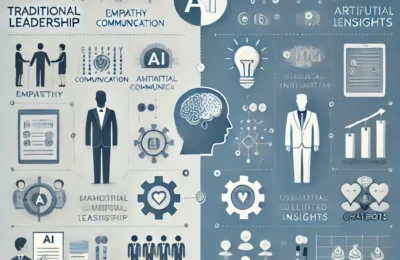Emotional Burnout
- Emotional burnout is a state of:
- Emotional Exhaustion
- Mental Exhaustion
- Physical Exhaustion
- It is caused by prolonged:
- StressOverwork
- Lack of balance in life
- It manifests as feelings of:
- Hopelessness
- Detachment
- Cynicism
- These feelings make it challenging for an individual to cope with daily demands.
- This blog will explore the:
- Effects of emotional burnout
- Consequences of emotional burnout
- Types of emotional burnout
- Strategies to manage emotional burnout
Effects of Emotional Burnout

- It can have far-reaching effects on an individual’s:
- Well-beingRelationships
- Productivity
- Some common effects include:
- Emotional exhaustion: Feeling drained, depleted, and exhausted.
- Cynicism and detachment: Experiencing hopelessness, jadedness, and disconnection.
- Reduced performance: Decreased productivity, motivation, and accomplishment.
- Physical symptoms: Headaches, fatigue, insomnia, and digestive issues.
- Strained relationships: Conflict, withdrawal, and emotional distance.
Consequences
- If left unaddressed, emotional burnout can lead to severe consequences, including:
- Depression and anxiety disorders
- Chronic fatigue syndrome
- Cardiovascular disease
- Weakened immune system
- Poor work performance and job loss
- Strained relationships and social isolation
Types of Emotional Burnout
- It can manifest in different ways, including:
- Chronic burnout: Prolonged burnout lasting months or years.
- Acute burnout: Sudden onset of burnout symptoms.
- Occupational burnout: Work-related stress and burnout.
- Compassion fatigue: Burnout experienced by caregivers and healthcare professionals.
- Relationship burnout: Emotional exhaustion in personal relationships.
Strategies to Manage
- Fortunately, emotional burnout can be managed and prevented with the right strategies:
- Self-care: Prioritize activities that nourish your mind, body, and spirit.
- Boundary setting: Learn to say “no” and establish healthy limits.
- Time management: Effectively manage your time to minimize stress.
- Social support: Build a strong support network of colleagues, friends, and family.
- Relaxation techniques: Practice stress-reducing activities like meditation, yoga, or deep breathing.
- Seek professional help: Consult a mental health professional for guidance and support.
- Disconnect from technology: Regularly disconnect from work-related tasks and electronic devices outside work hours.
- Take time off: Plan vacations or days off to recharge and relax.
Avoiding Emotional Burnout
- To avoid the occurrence of emotional burnout:
- Prioritize self-care: Regularly engage in activities that nourish your mind, body, and spirit.
- Set realistic goals and expectations: Learn to say “no” and set achievable boundaries.
- Maintain a healthy work-life balance: Separate work and personal life to prevent overlap.
- Build a support network: Surround yourself with positive, supportive relationships.
- Practice stress management techniques: Regularly engage in stress-reducing activities like meditation or deep breathing.
- Take regular breaks: Make time for relaxation and rejuvenation.
- Stay organized and manage time effectively: Prioritize tasks and avoid overcommitting.
- Seek help when needed: Don’t hesitate to ask for support from professionals or loved ones.
- Practice self-compassion: Treat yourself with kindness, understanding, and patience.
- Stay connected with your values and purpose: Regularly reflect on your goals and passions.
Managing vs. Avoiding Burnout
- While managing and avoiding burnout are related, they have distinct focuses:
Management of Burnout
- Focuses on addressing and mitigating burnout symptoms after they have occurred.
- Involves strategies like stress management, self-care, and seeking support.
Avoidance of Burnout
- Focuses on preventing burnout from occurring in the first place.
- It involves strategies like setting boundaries, prioritizing self-care, and maintaining a healthy work-life balance.
- By understanding the difference, we can take a proactive approach to avoid burnout and develop management strategies.







